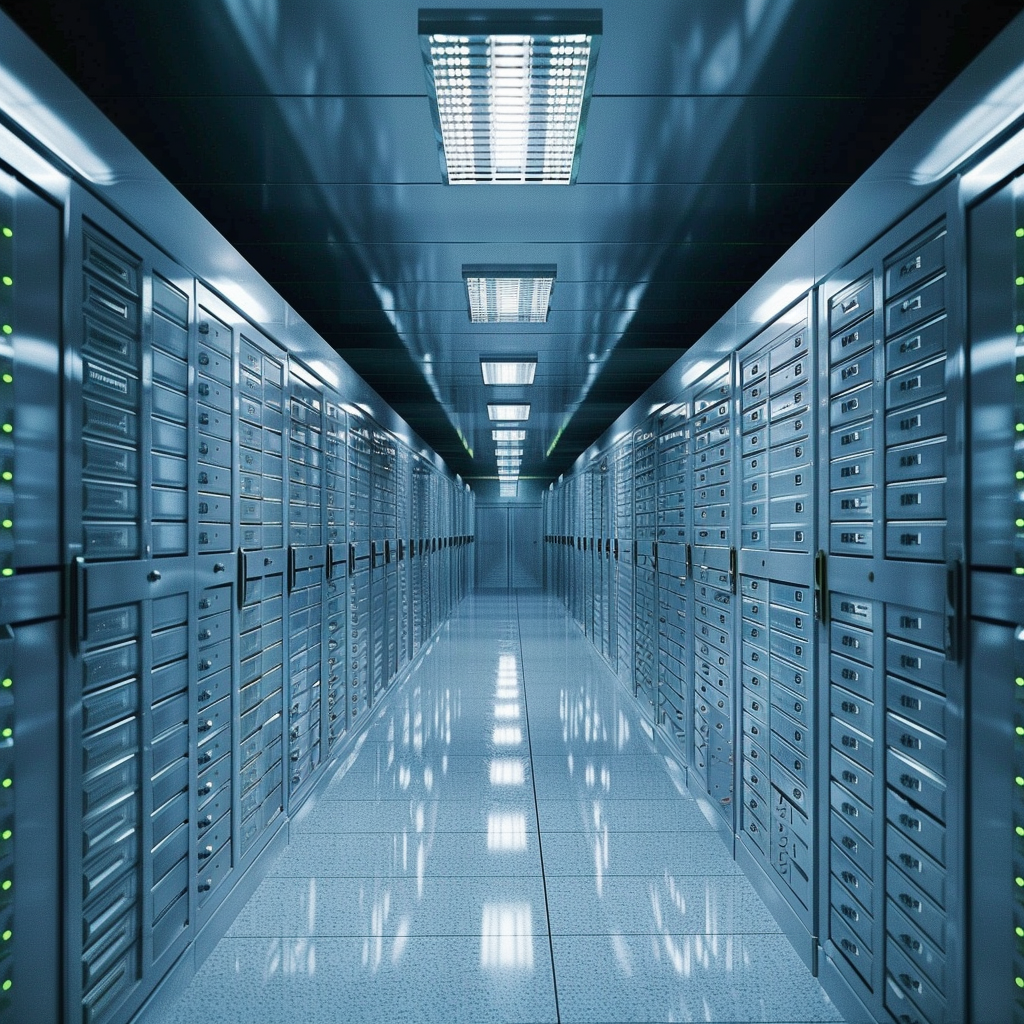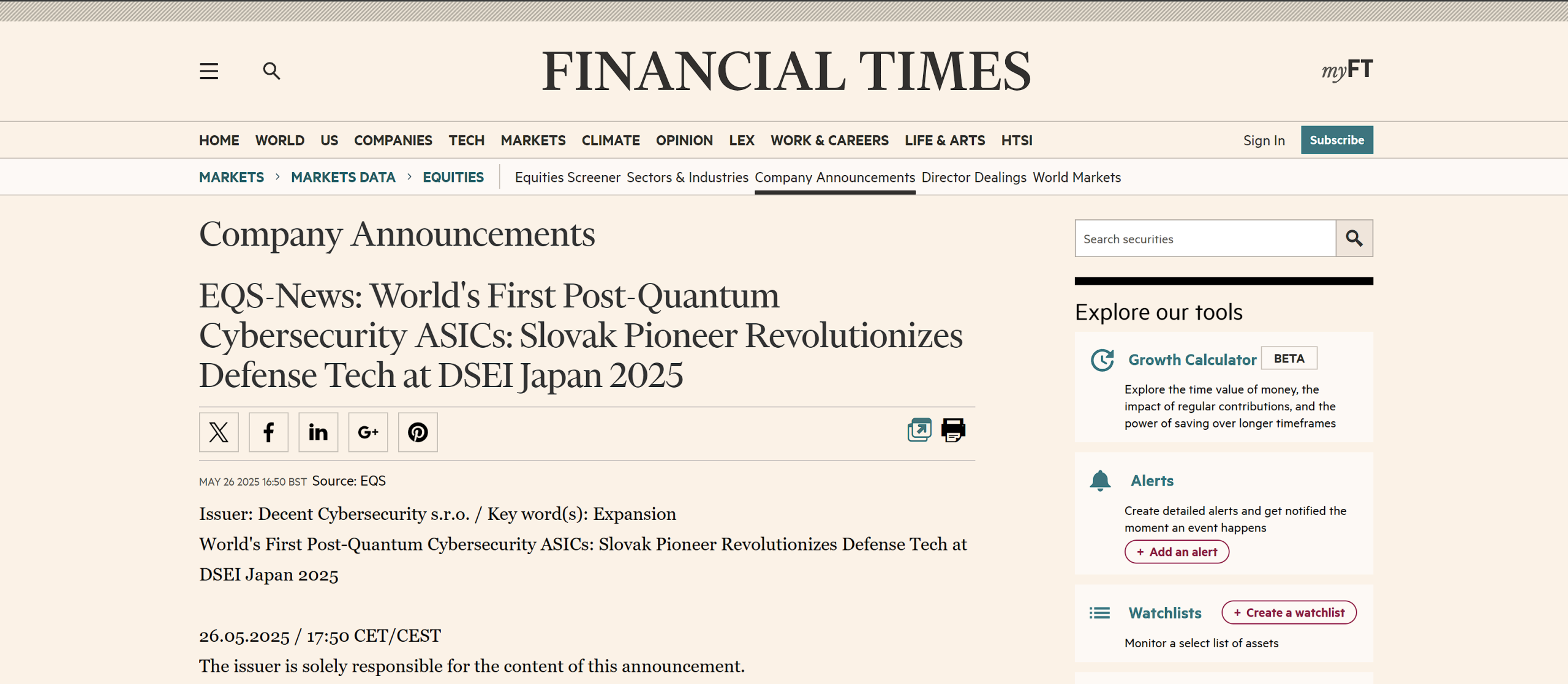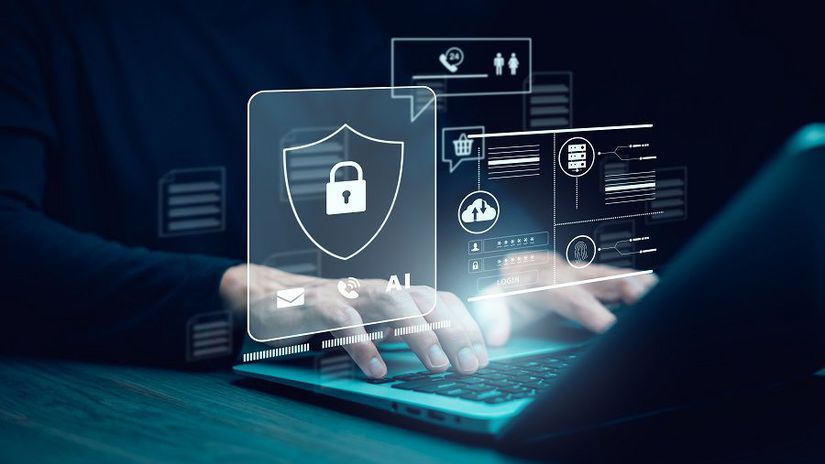In the rapidly evolving landscape of cybersecurity, a new threat vector has emerged, challenging the robustness of current encryption standards and necessitating a forward-looking approach to data protection. This threat, known as “Harvest Now, Decrypt Later” (HNDL), involves adversaries collecting encrypted data with the intention of decrypting it as future technological advancements—particularly in quantum computing—make it possible to break current encryption algorithms.
Understanding the Threat
The HNDL strategy is predicated on the expectation that encryption, which currently serves as a formidable barrier against unauthorized access, will eventually be rendered obsolete by quantum computing or other advances in computational capabilities. This anticipation of future decryption capabilities means that data encrypted today could be at risk tomorrow, posing a significant challenge to data privacy and security.
The Quantum Computing Paradigm
Quantum computing represents a significant leap forward in processing power, with the potential to solve complex problems much more efficiently than classical computers. While this promises numerous benefits for fields such as medicine, logistics, and artificial intelligence, it also poses a stark threat to current cryptographic standards. Quantum computers, once fully operational, could theoretically break widely used encryption algorithms such as RSA and ECC in a fraction of the time it would take the most powerful classical computers.
Strategies for Mitigation
To counter the HNDL threat, cybersecurity professionals must adopt a proactive and preemptive approach. This involves several key strategies:
Quantum-Resistant Algorithms
The development and implementation of quantum-resistant or post-quantum cryptographic algorithms is crucial. These algorithms are designed to be secure against both classical and quantum computing attacks, ensuring long-term data protection.
Data Lifecycle Management
Organizations must adopt stringent data lifecycle management practices, ensuring that sensitive data is encrypted, stored, and eventually disposed of in a manner that considers future threats. This includes regular assessments of what data is stored and for how long, minimizing exposure to potential future decryption.
Continuous Monitoring and Adaptation
The cybersecurity landscape is perpetually changing, necessitating ongoing vigilance and readiness to adapt encryption practices in response to emerging threats and technological advancements.
Education and Awareness
Raising awareness about the HNDL threat and its implications is essential. Stakeholders at all levels, from IT professionals to executive leadership, must understand the importance of investing in future-proof encryption technologies.
Collaboration and Standardization
Engaging in industry-wide collaboration and adhering to standardized protocols for quantum-resistant encryption can help create a unified front against future decryption threats. Participation in forums such as the National Institute of Standards and Technology’s (NIST) Post-Quantum Cryptography Standardization process is an example of such collaborative efforts.
Conclusion
The “Harvest Now, Decrypt Later” threat underscores the need for a forward-thinking approach to encryption and data security. As we stand on the brink of the quantum era, the imperative to develop and implement quantum-resistant cryptographic solutions has never been more critical. By adopting a proactive stance, continuously monitoring the threat landscape, and embracing innovation in encryption technology, organizations can safeguard their data against future decryption threats, ensuring the long-term confidentiality and integrity of sensitive information.
In the quest to secure the digital future, the time to act is now. The transition to quantum-resistant cryptography is not just a technical necessity but a strategic imperative for organizations committed to protecting their data assets in the quantum age.







